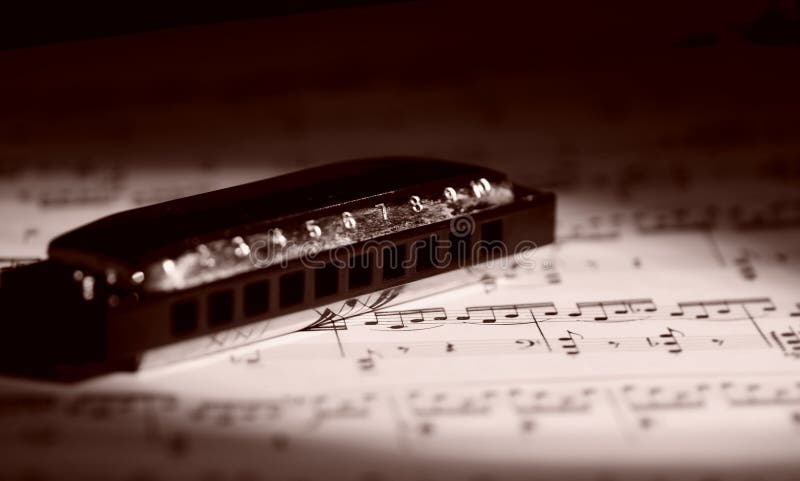Blues Harp Magical World!
History of Blues Harp

LONESOME WHISTLE- THE BLUES HARP
The harmonica was invented in 1829 by Charles Wheatstone, who called his instrument the Aeolina. It was commercially developed in Germany in the 1850s by the Hohner Company, which still dominates production today. It is known in the UK as the ‘mouth-organ’ or colloquially the ‘gob iron’, but in the USA it is called the ‘mouth harp’, or ‘French harp’. Cheap (50c) and portable, the 10-hole harp was a favourite of all early folk musicians, and it’s plangent wail lends itself easily to the Blues. Most Blues players prefer a ten hole harmonica using the ‘cross-harp’ technique, taking the key note from the second ‘draw’ hole rather than the fourth ‘blown’ hole, thus one-fourth above the given key. The emphasis on the ‘draw’ allows the notes to be bent more easily, giving the player the freedom to incorporate the slurs and slides of the human voice. Many players almost sing into the harp, making the reeds vibrate with a particularly vocal quality.When the harp was amplified on recordings made in Chicago after WWII, it got the nick-name ‘the Mississippi Saxophone’.Early Blues was largely a rural music and many harp players would mimic animal noises: dogs, roosters, cats, cows, donkeys and hogs were all imitated in harp phrases. A popular tune that lent itself to the harp was the ‘Fox Chase’ with it’s dramatic repeated riffs conjuring up the baying hounds and the hunters’ cries, all delivered with a breathless urgency. Many players would show off their version of the tune, and it became an early ‘standard’.
Want to know more?